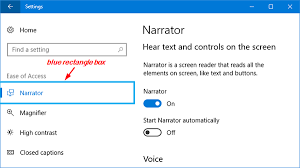What is the Shutdown Command in Windows?

In Windows, the shutdown command is an essential tool that allows users to shut down, restart, or hibernate their computer with a single command.
The shutdown command is useful for several reasons. For example, if you need to leave your computer unattended for an extended time, you can use the shutdown command to turn off your computer after a certain amount of time has elapsed. Additionally, if you need to restart your computer for updates or maintenance, the shutdown command is a fast and easy way to do so.
The shutdown command can be accessed through several methods. One way is to open the command prompt by pressing the Windows key + R, typing “cmd” and pressing enter. In the command prompt, type “shutdown” followed by the desired command. For example, “shutdown -s” will shut down your computer, while “shutdown -r” will restart it.
Another way to access the shutdown command is through the Windows start menu. Click on the start menu, select the power option, and then choose the desired command, such as shut down or restart.
The shutdown command also has several optional parameters that can be used to customize the command. For example, you can add a time delay before shutting down or restart your computer, such as “shutdown -r -t 60” to restart after a 60-second delay.
Another useful feature of the shutdown command is the ability to force applications to close before shutting down, which can help prevent data loss or corruption. The command “shutdown -s -f” will force all applications to close before shutting down.
In conclusion, the shutdown command in Windows is a powerful and essential tool that can be used to shut down, restart, or hibernate your computer with ease. By familiarizing yourself with the command and its various parameters, you can customize your shutdown process and make it more efficient.






